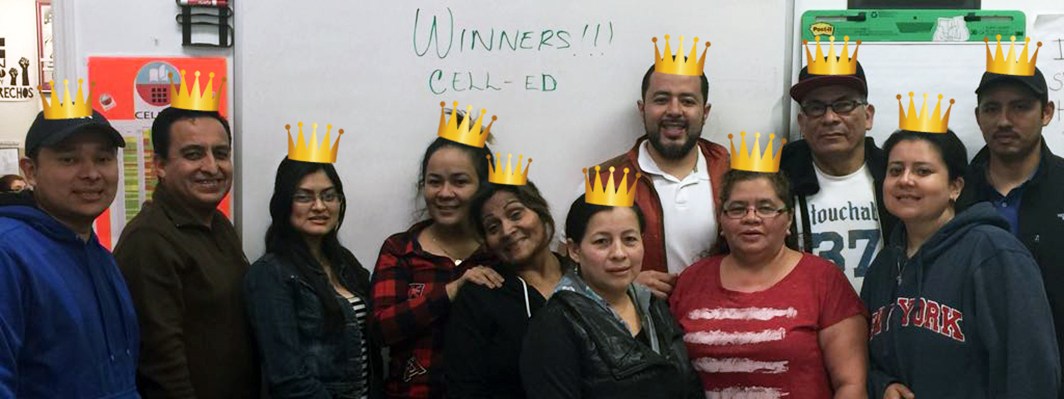
April 10, 2018 | By Jessica Rothenberg-Aalami
More than 89 percent of adults in need of basic academic and job skills will never gain the skills they want and need with traditional classrooms and approaches. However, 95 percent have mobile phones. Mobile learning just makes sense for these learners, if for no other reason than providing access.
But there’s more. Before my company Cell-Ed sent its first emoji four years ago, and still today, I am asked, “Does mobile learning work?” After 20 years of designing and developing mobile experiences, there is one thing I am doggedly certain about: solutions will work if you solve for the actual need from learners’ perspectives. In building a mobile-first, learner-centered solution, focus on what learners value and prioritize – whether it’s convenience, sharing, a second chance, relevant content, or more.
Research tells us how adults learn. We know adults respond better to material that is relevant and based on their experiences. And, we know from the body of research on community development through participatory action that keeping things familiar is important for buy-in. Incorporating what research tells us into our product design was our first step at Cell-Ed. Our original design, for example, included audio voice recordings of real teachers to most closely mimic one-to-one, conversational-style instruction that learners were already familiar with. This feature is a large part of what accounts for our learners’ high engagement and enthusiasm.
There is no substitute for direct validation of your solution with the learner. It’s the best way to understand what’s working and what’s not in terms of content, access, and usability.
At Cell-Ed, we were diehard about securing independent third-party validation of our early stage solution, so we embarked on a thorough, two-year randomized control trial (RCT), conducted UX/UI experience assessments, and ran pilots. What learners told us through this research – some of it surprising – enabled us to reshape our solution for maximum effectiveness.
For example, as a result of listening to learners, we grounded Cell-Ed’s curriculum in learners’ everyday lives and provided live, personal support. Recently, a diverse group of learners from Make the Road New York credited Cell-Ed’s relevant coursework and on-demand coaches for fueling their learning success and dedication. Each learner studied over 35 hours in less than three months — on their own mobile device, on their own time, on their own terms.
Once your solution is out in the market, it’s simply so important to listen to what your learners are saying about what they like and what they don’t. In interviews and surveys, we’ve found asking learners open-ended questions captures the deepest and most unexpected insights. We’ve also looked to our layers of data to understand how learners are actually interacting with and using Cell-Ed, as well as the progress they’re making and if they’re learning.
Armed with this information, we’ve been able to identify problem areas and make targeted improvements. This continuous feedback loop process, which we established early on and I highly recommend, has ensured we always hear and act on what our learners tell us.
I am confident that the more we collectively focus on the learner, the larger the impact our products will have. I’m excited to learn from your success.
By Elliott Barnes and Sara Mungall